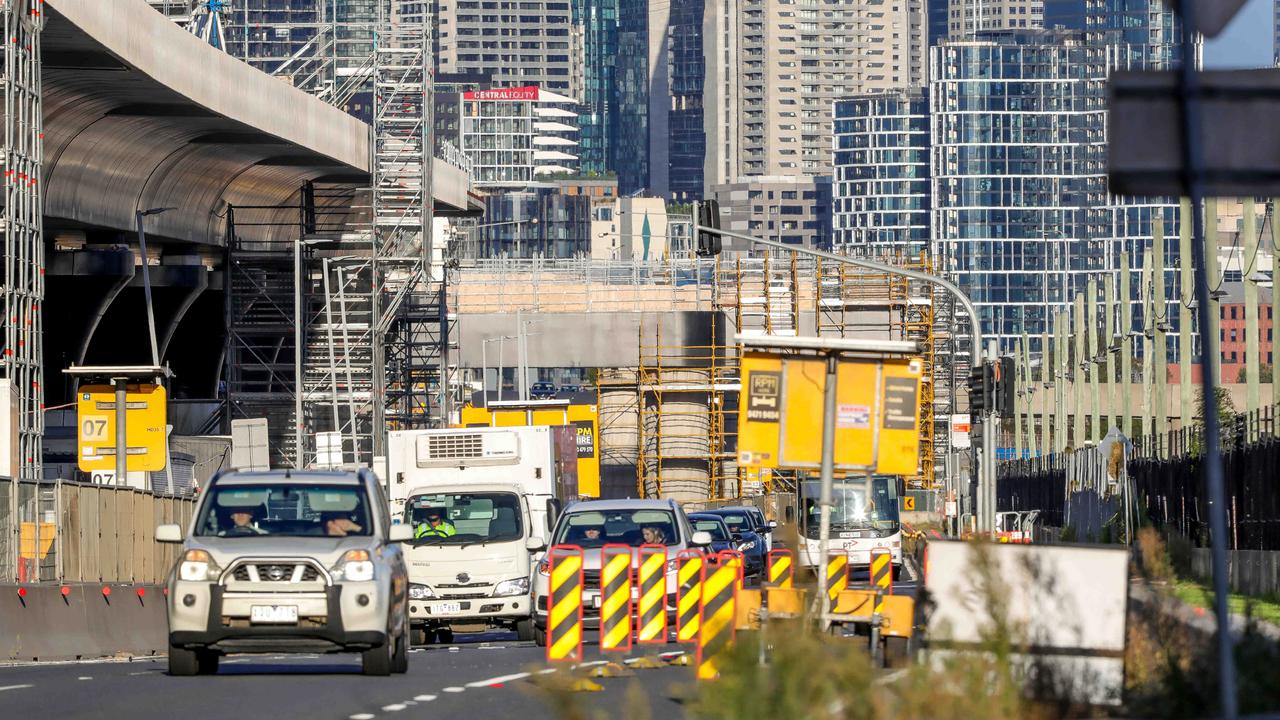Your guide to staying safe during bushfire season
EVERY summer bushfires loom as a major threat for many Victorians. Be prepared this season with this guide to staying safe.

News
Don't miss out on the headlines from News . Followed categories will be added to My News.
EVERY summer Victoria is at risk of bushfires with a 2016 study finding they are increasing in frequency.
Stay safe this bushfire season with the following advice and resources.
Discover where to find information in an emergency and how to prepare your family and property for bushfires.
Always remember, leaving early is the safest option.
For further information to help you plan for survival download the CFA’s Fire Ready Kit.

WHERE TO FIND INFORMATION
• VicEmergency website
• The CFA’s Facebook
• ABC local radio, Sky News and other emergency broadcasters
• VicEmergency hotline: 1800 226 226
IMPORTANT TIPS

• Know your trigger to leave. Don’t delay, it is better to leave early and make it out alive
• If you have to leave, be aware of traffic congestion. Increased vehicles on the road and reduced visibility due to smoke can results in delays and accidents
• Formulate a bushfire plan so you and your family will know what to do. Leaving it to the last minute reduces your opportunity to prepare
• If you have a pet or livestock, work out what you will do with them in the event of a bushfire. Go here for further information and a guide to making a pet bushfire relocation kit
• Defending your property is risky and could result in serious injury or death. If you are planning to remain at your property follow these CFA guidelines
PREPARING FOR BUSHFIRES

• Prepare your property by mowing your lawn and removing vegetation from around your house. Gutters, roofs and pipes should be cleaned and flammable material should be well away from your house. A full guide is available here
• Use fire danger ratings to help assess your risk When the rating is code red, extreme or severe it is best to leave early
• Plan ahead by telling family and neighbours when you will leave and where you will go on high fire risk days.
• Check weather conditions around you. In particular, look around and smell for smoke outside in the instance that you spot a fire before emergency services do
• Check for warnings using the channels mentioned above
WHAT TO EXPECT

• Embers can be carried kilometres from a fire, causing new fires to start. During bushfires, this is the most common way that houses catch fire. If there is a bushfire in the vicinity and you have decided to remain, considering hosing down your roof and other parts of your property to reduce the risk.
• Smoke can reduce visibility and make it difficult to breathe. Remain indoors and close all doors and windows. Do not use your air conditioner and place wet towels and blankets around the bottom of doors and windows.
• Radiant heat can cause injury or death. The best defence is to maintain a distance from the fire. Wear long sleeved shirts and long pants made from natural fibres such as wool or cotton. Sturdy boots, eye and face protection and a wide brimmed hat are also recommended.
IF YOU ARE UNABLE TO LEAVE

In the event that you are unable to leave a high-risk area, consider the following options:
• Privately arranged shelter
• Ploughed paddock or reserve
• Body of water such as a beach, pool, dam or river
FURTHER INFORMATION
YOUR GUIDE TO SURVIVAL: ESSENTIAL INFORMATION
BUSHFIRE SURVIVAL PLANNING TEMPLATE


